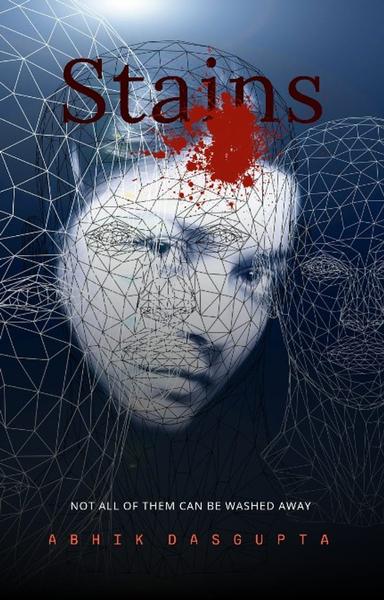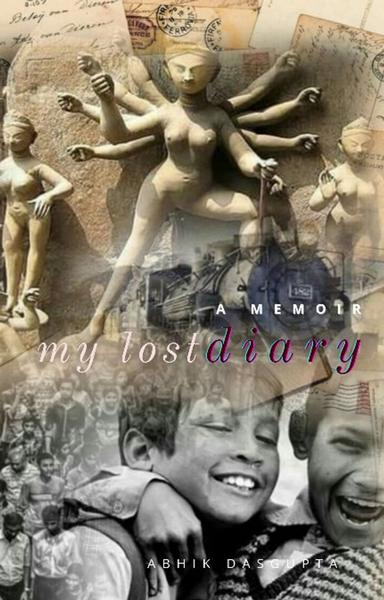
Come the end of August and puffy cumulus clouds floating in the crystal clear blue sky declare the advent of 'Sharat kaal'. It is also this time that the perennial grass popularly known as 'kash' grows upto three metres in height and the spread of white 'kash phool' against the green turns the air heavenly with the silent reminder that the great festival of bengal is just about to begin.
Amongst the many remembrances of the Durga puja festival in Kharagpur, perhaps the dearest of them were of the 'Durga Mandir'. During my school days I used to visit the place with my father to watch the many 'natoks' (plays) and musical programmes organized by the 'Durga Mandir Puja Committee'. These programmes took place at the big hall of the mandir premises and ran to packed audiences. Sometimes for want of seats, people stood at the rear of the hall, in front of the deity and enjoy the performances. Many renowned rabindra sangeet artistes and 'natyagoshtis' from Kolkata were invited to perform at 'Durga Mandir', one of important Bengali hub in the town.
During the pujas, many Bengalis would be found in their traditional dresses. The men would be found sporting coloured dhoti-punjabis, holding the pleated ends of their dhotis in their hands while walking, depicting the 'babudom' of old times; while the women draped in garb of 'atpoure sarees', their mane left untied, wearing vermilion 'bindis' on their foreheads and vermilion smeared in hair-partings, depicting the 'bonedi women' of Bengal. Another place where Bengali congregation used to take place was an auditorium in 'Golebazar' area, the name of which I don't remember now. That hall also hosted several 'musical functions', plays, even 'magic shows'.
A Durga puja used to be organized just at the rear side of the railway quarters, where we stayed (my father worked in the Railways), by our 'para club'. A cemented platform was constructed for the purpose, which for the rest of the year served a playing ground for small children. We would wake up to the sound of 'dhaak' on the day of 'Shashti' and know for sure that those wonderful days of festivities have finally come. Some 'para' club members would accompany the 'purohit' carrying the 'kolabou' for the holy bath and the air would reverberate with the music of the 'dhak' and conch shells. When I was in class seven or eight, the 'pujas' meant to be a lot more than the pandal hopping with friends and family members.
The interest to see live damsels was more than the clay idols. Just beholding an attractive face amongst the crowds and keeping eyes glued to hers - jhari mara, as it is popularly known by be bengalis - till she threw in a blushing smile, ushered in a great mood and the feeling thrived in the mind for several days even after the days of festivities were over.






